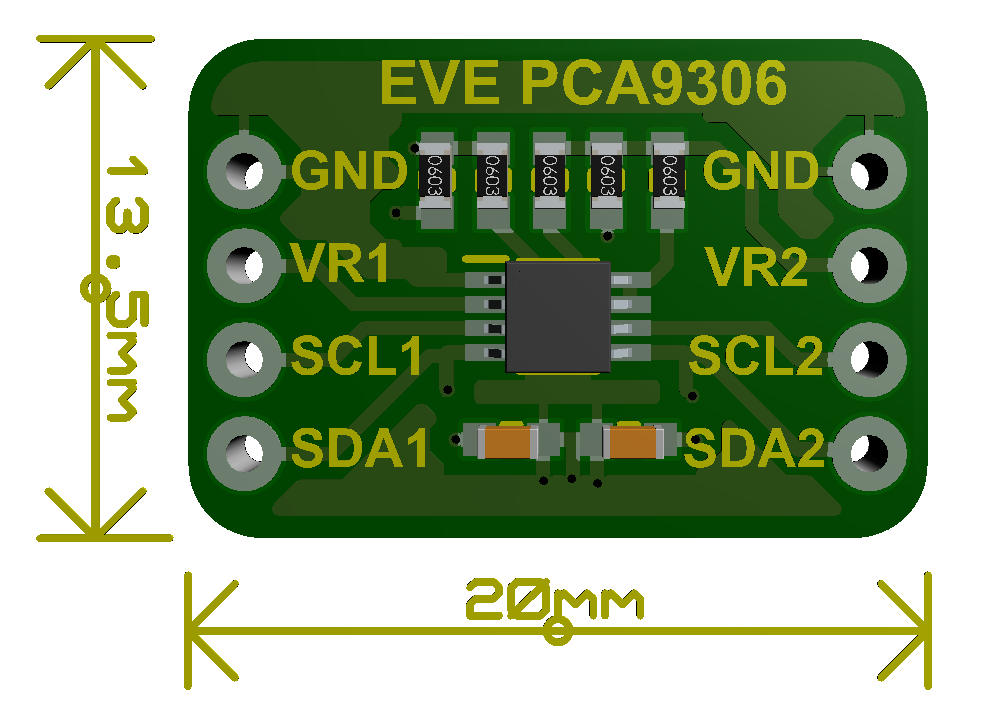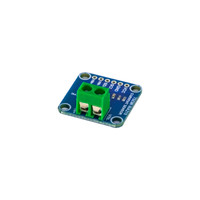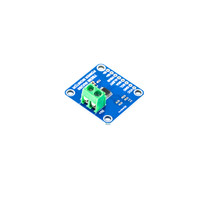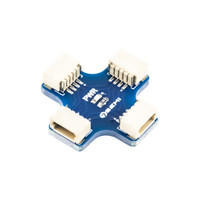Seamless Voltage Compatibility for I2C & SMBus Devices: Upgrade your projects with robust, bidirectional voltage level shifting
The PCA9306 Bidirectional Voltage Level Translator Breakout Board offers a compact and highly efficient solution for interfacing I2C and SMBus devices operating at different voltage levels. Designed around the reliable PCA9306 IC, this module enables seamless voltage translation between low-voltage and high-voltage components without requiring a direction control pin. Operating across a wide voltage range of 1.2V to 5.0V, this board simplifies mixed-voltage system design, making it ideal for microcontrollers, sensors, battery systems, and embedded electronics projects. With minimal propagation delay and full compatibility with standard-mode and fast-mode I2C devices, this board ensures reliable data transmission across diverse platforms. Whether you're developing robotics systems, industrial controllers, or DIY home automation devices, this breakout board delivers unmatched flexibility and precision in bidirectional signal translation.
Allowable Voltage Level Translation
The breakout can translate voltages between 3.3V and 5V.
| VREF1 (i.e. Low Side) | VREF2 (i.e. High Side) |
|---|---|
| 1.2V | 1.8, 2.5V, 3.3V, 5V |
| 1.8V | 2.5V, 3.3V, 5V |
| 2.5V | 3.3V, 5V |
| 3.3V | 5V |
-
Wide Voltage Range Support: Operates between 1.2V and 5.0V, supporting a broad range of components.
-
Dual Bidirectional Channels: Translates both SDA and SCL lines for full I2C compatibility.
-
I2C & SMBus Protocol Support: Fully compatible with standard and fast-mode I2C devices as well as SMBus peripherals.
-
No Direction Pin Required: Automatically detects signal direction for simplified design.
-
Low Propagation Delay: Less than 1.5ns delay ensures high-speed data integrity.
-
5V Tolerant I/O Ports: Safely connects 5V signals to lower voltage devices.
-
Compact & Easy to Use: Ideal for embedded applications, prototyping, and compact systems.
PCA9306 Bidirectional Voltage Level Translator Breakout Dimensions

- Interface:
- I2C and SMBus Compatible
- Voltages Ranges:
- 3.3V and 5V
- Direction:
- bidirectional









